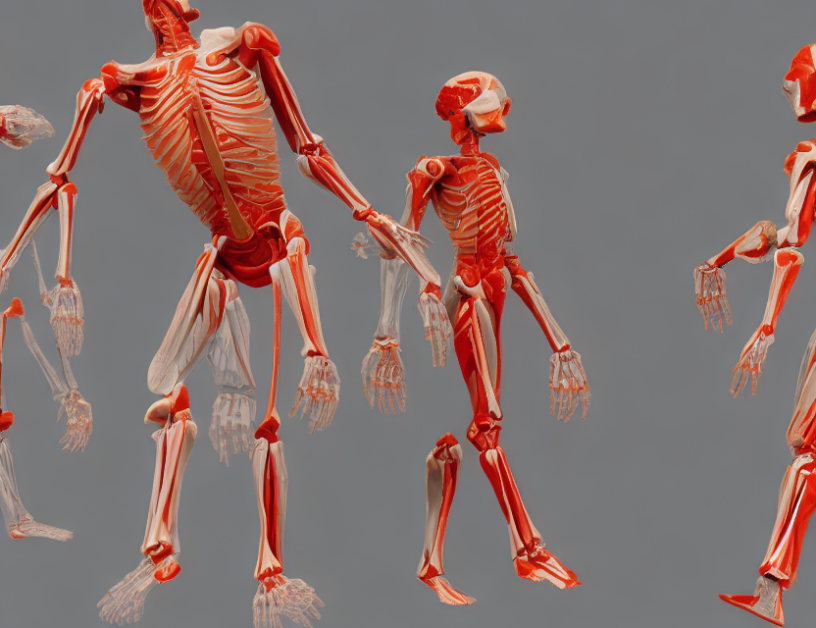In this study, researchers aimed to optimize the design of a tendon-driled soft robot arm using genetic algorithm and particle swarm optimization. The goal was to find the most efficient design that minimizes the number of wires or relay points required while meeting certain constraints on the robot’s performance.
Imagine building a bridge with cables and pulleys – the design needs to be optimized for maximum efficiency while satisfying safety and cost considerations. This is similar to what the researchers did in this study, but instead of a physical structure, they designed a soft robot arm using tendons and actuators.
The team used two objective functions to evaluate the design: one that minimizes the number of wires or relay points required, and another that maximizes the end-effector’s positioning accuracy. They applied genetic algorithm and particle swarm optimization techniques to find the optimal design solution that balances these competing factors.
The results showed that by using this optimization approach, they could find a design that significantly reduces the number of wires or relay points needed compared to a conventional design. The optimized arm also demonstrated improved positioning accuracy, making it more suitable for tasks such as assembly and manipulation of delicate objects.
Overall, this study demonstrates the potential of using optimization techniques to create more efficient and effective soft robot arms, which could have important implications for a variety of industries and applications.
Optimizing Musculoskeletal Humanoid Design with Maximum Redundancy for Rupture Compensation



